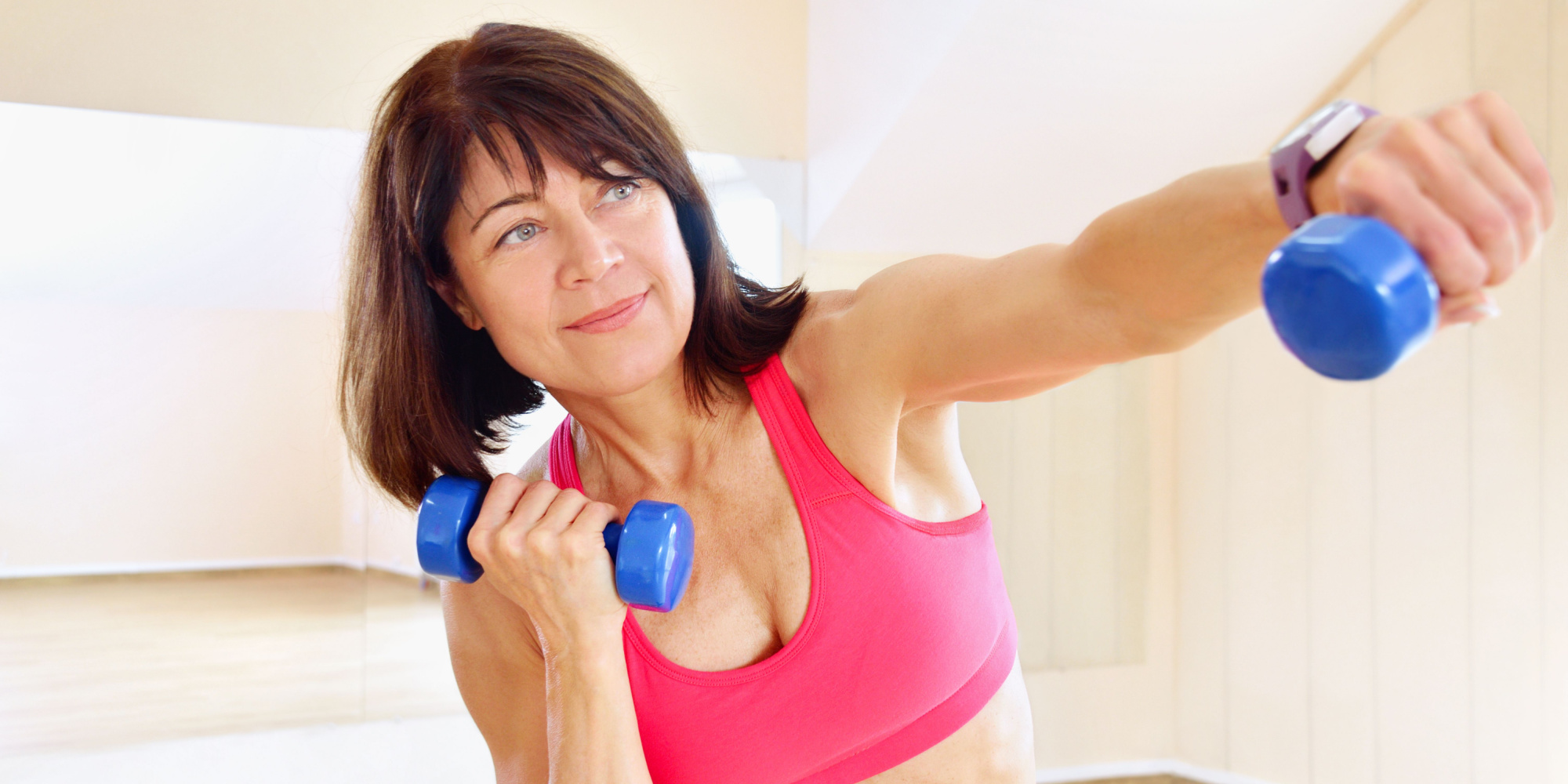Simple Weight Loss Tips For Older Adults
Jun 21, 2023 mindpumpResistance training, mobility, and maintaining an overall healthy lifestyle should continue to be a priority as we age. For a variety of reasons, a structured fitness regimen and well-rounded diet can help reduce inflammation, including the aches and pains, that are associated with getting older.
Another factor to consider is the likelihood of gaining weight, or losing muscle, as we age. Gaining weight into our older years doesn’t happen to everyone, but because muscle naturally atrophies as we age, and our metabolism slows down due to the loss of muscle, we tend to gain weight over time.
It may seem impossible to lose that extra weight, but there are simple, and effective strategies to lose weight, and feel good in the process.
Pick Up Weights
The benefits of resistance training extend to nearly everyone, from kids to seniors. Modifications and appropriate goals need to be considered for different age groups, but the muscle-building benefits of weight training can be enjoyed as an older adult as well.
And the best part is, you don’t need to work out every day to gain muscle, even as an older adult. If you can find time 2 to 3 days a week to lift weights for 30–45 minutes, you are doing plenty! When determining the intensity of your workout, start off with 12–15 reps per set, and you’d want to gauge your last rep as a 7 or 8 on a scale of 1 to 10, with 10 completely fatigued.
Your workouts should primarily be total-body, to ensure you are hitting all major muscle groups: quads, hamstrings, pecs, lats, and deltoids. I would also recommend using free weights whenever possible. Machines are great for isolating certain muscles, but free weights force you to stabilize in a way that machines don’t allow.
Hit the Pavement
Or trails. Or treadmill. I am not advocating to run (though if you do enjoy running, and you train appropriately, go for it!), but daily walks can get you closer to your weight-loss goals than you think.
Many people assume that because they work out, they don’t need to do much more in terms of daily activity. This can’t be farther from the truth.
Everyone, including older adults, should be aiming for about 10,000 steps a day. There is nothing magical about the number 10,000, but it’s a solid, even number many people aim for when trying to move more.
Walking is an excellent, safe way to stay healthy, and nearly everyone can engage in this activity. Logging in more steps throughout the day contributes to your non-exercise activity thermogensis (NEAT) goals, which is movement that isn’t considered structured exercise. Even if it doesn’t seem like you’re burning a lot of calories from walking a mile or two a day, the calories burned, and continuous benefit to your metabolism, adds up.
Prioritize Protein at Every Meal
It can be difficult to reach your protein goals, but for many older adults, it can seem even harder. But because of the muscle loss and increased risk in bone-density loss, protein is such an important key in maintaining or building muscle, which can help keep your bones strong and healthy.
The reason why we want to build muscle for weight-loss purposes is to help you burn more calories while at rest; the more lean muscle mass and less fat mass you have, the more your body is working to maintain that muscle. The harder your body is working, the more calories you burn.
I like to tell my clients to eat a variety of protein sources, even plant-based ones. Yes, plant-based proteins don’t contain all the essential amino acids animal-protein does, but the more variety someone has, the easier it is to get in the required amount of protein. Plus, taking one day out of the week to eat a plant-based isn’t going to drastically set you back on building muscle.
If you can eat 1 gram of protein per pound of body weight per weight, you are on the right track. That can seem a little daunting to those who don’t get the recommended nutrition requirement of .8-1.2 grams per kilogram of body weight, so you can gradually increase your intake. Small improvements over time can actually be more successful than substantially bumping your protein overnight.
As with all adults, weight loss for older adults can take time, especially if starting at a high body-fat percentage. But with consistency, anyone can get to their goal-weight.







